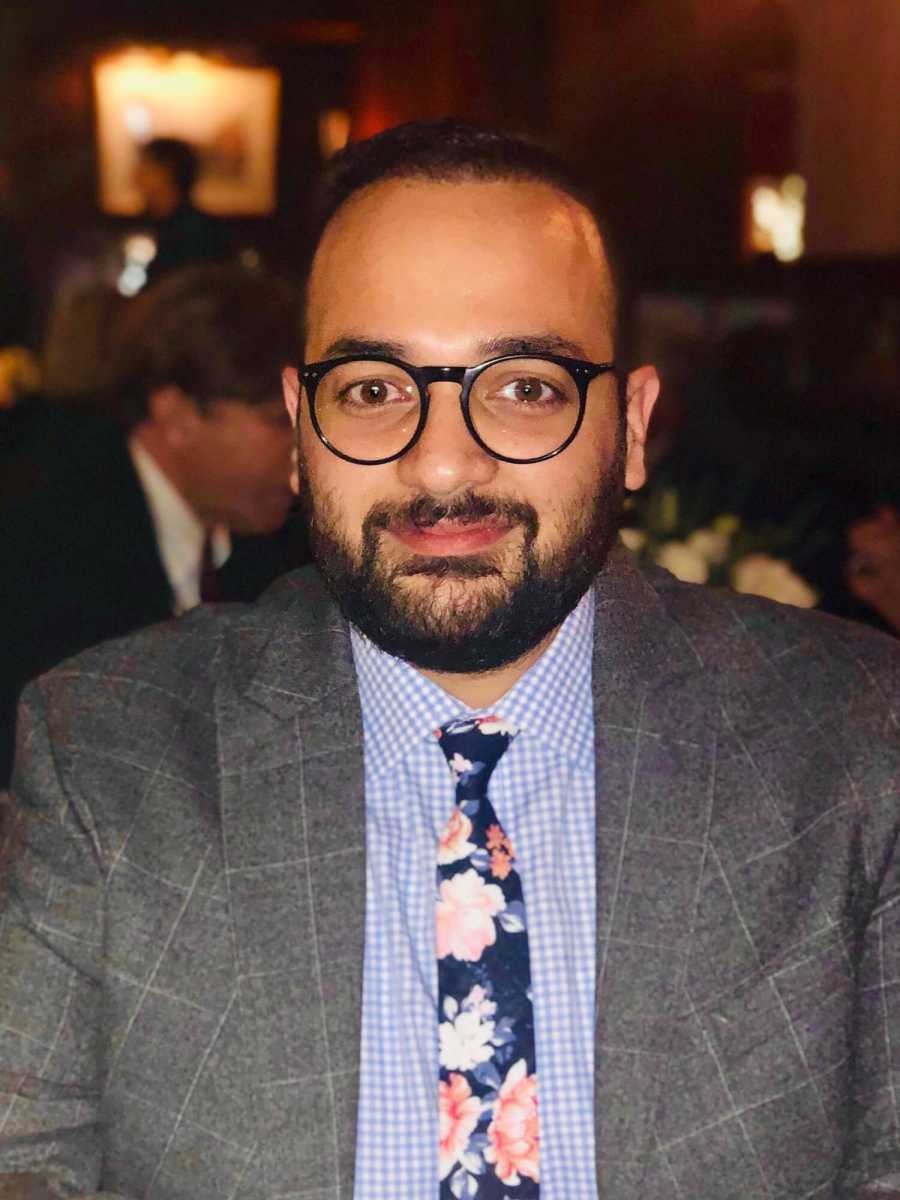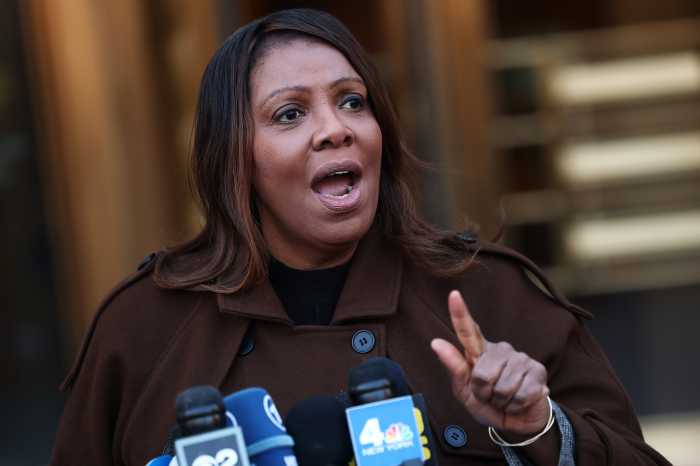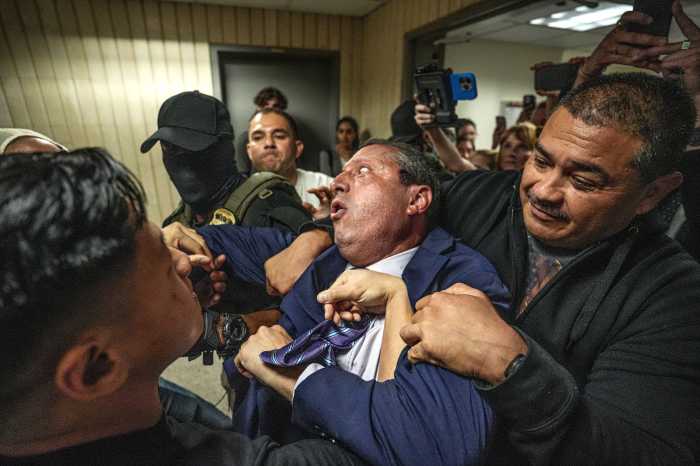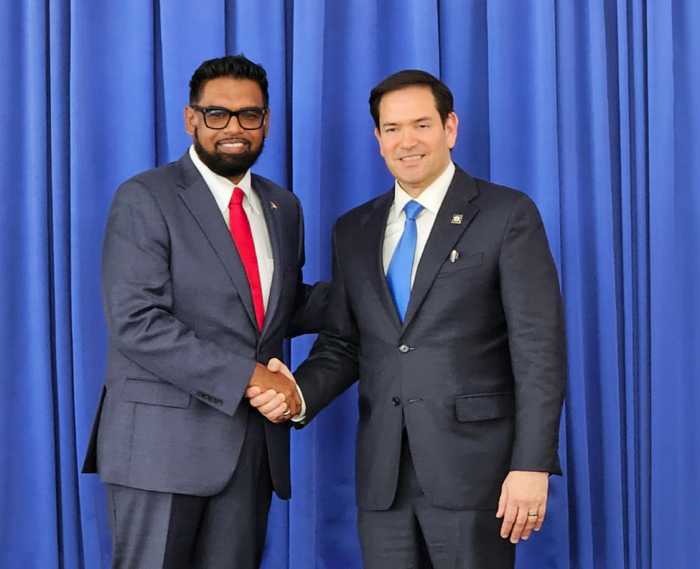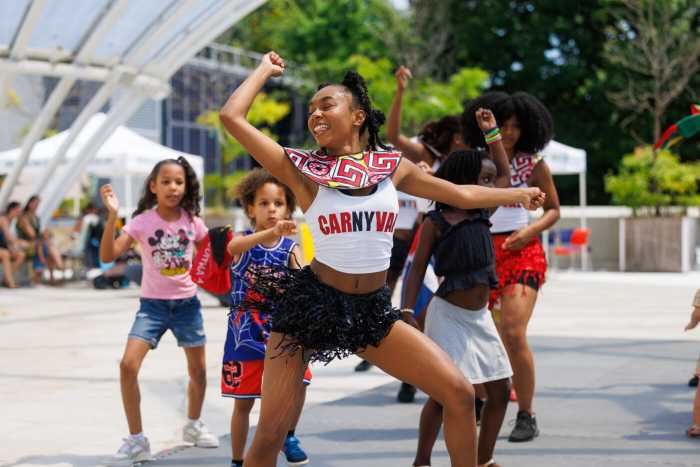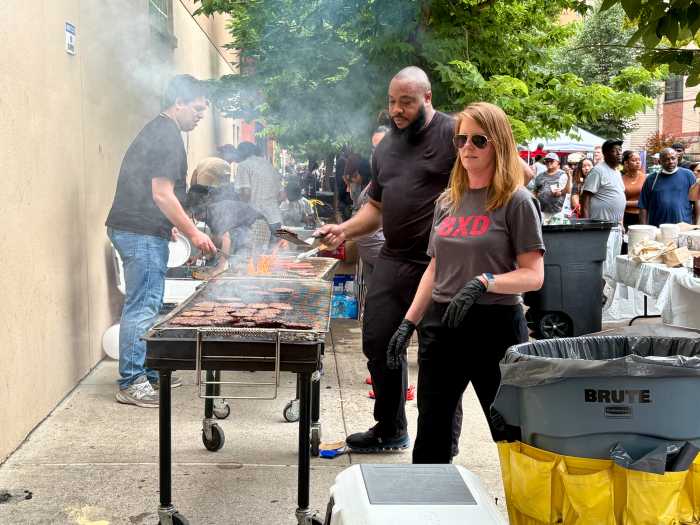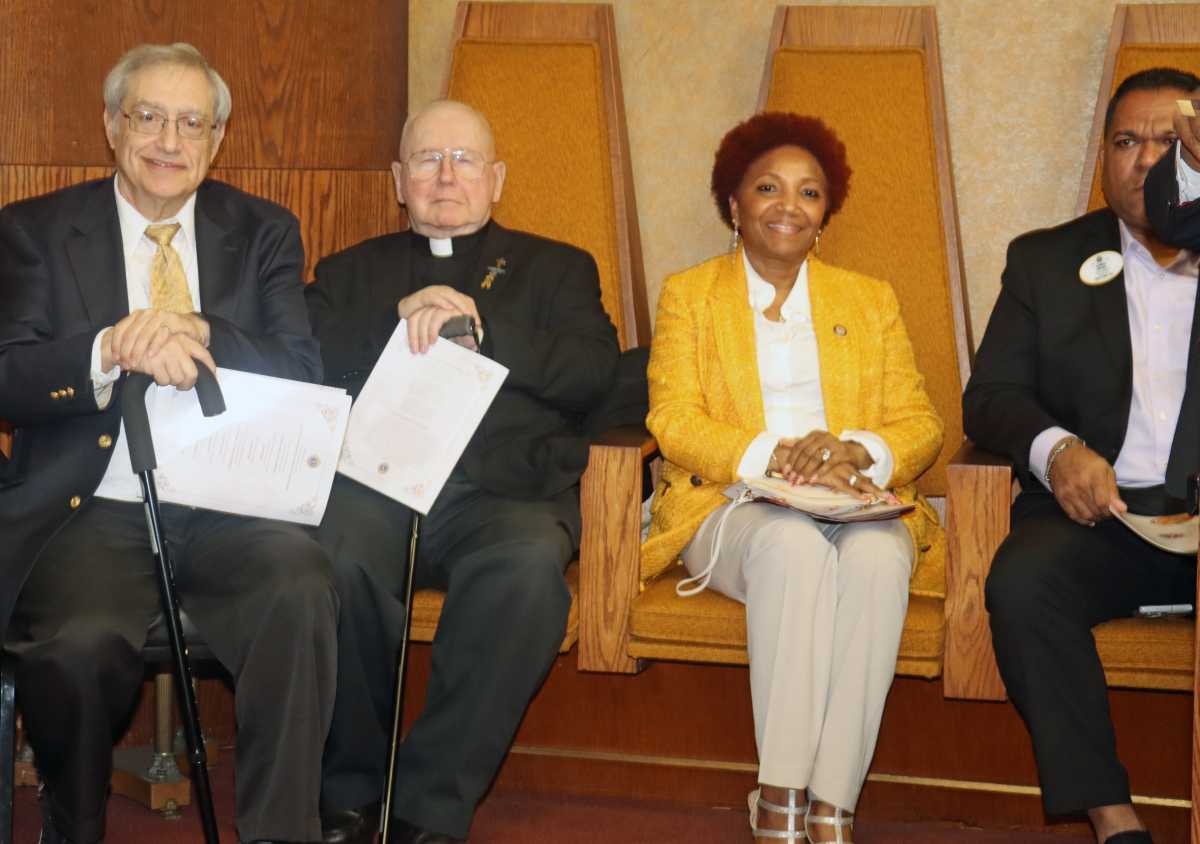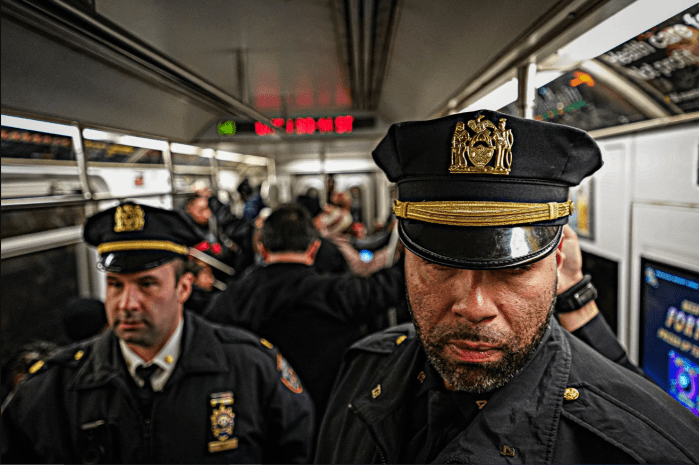Immigrant advocates in New York have described as “unfathomably cruel” a plan by the United States and Canada to limit the entry of Caribbean and other asylum seekers at their borders.
This came after reports of asylum seekers entering Canada via unofficial points of entry, such as Roxham Road, along the northern border of the United States.
The New York Immigration Coalition (NYIC), an umbrella policy and advocacy organization that represents over 200 immigrant and refugee rights groups throughout New York, on Sunday strongly denounced this decision, stating that it “recklessly endangers the lives of asylum seekers,” while demanding expanded protections for asylum seekers.
“Asylum seekers flee violent conditions to build better futures for themselves and their families,” Murad Awawdeh, NYIC executive director, Caribbean Life. “They undergo extreme journeys across thousands of miles in search of safety and relief.
“To now restrict the movement of asylum seekers is to recklessly endanger their lives,” he added. “Even Canada’s plan to provide a new refugee program for only 15,000 asylum seekers is a slap in the face and is no substitute for both countries to honor their humanitarian commitments to offer asylum to all those who need it.
“President Biden cannot continue to shirk his responsibilities and take pages out of the xenophobic Republican playbook for political gain,” Awawdeh continued. “He must honor his promise to protect asylum seekers by welcoming them with open arms.”
In a joint statement, after their meeting in Ottawa on Friday, US President Joe Biden and Canada Prime Minister Justin Trudeau said the Los Angeles Declaration on Migration and Protection “enshrines our belief that irregular migration requires a regional approach centered on expanding legal pathways and humane border management and recognizes that we must address the underlying economic and security drivers of migration.
“The United States and Canada remain committed partners in advancing the principles of the Declaration,” it added. “As part of its commitment to these principles, Canada will welcome an additional 15,000 migrants on a humanitarian basis from the Western Hemisphere over the course of the year to continue expanding safe, regular pathways offered throughout the hemisphere as an alternative to irregular migration, with a path to economic opportunities.
“Additionally, US and Canadian officials are now poised to implement an agreement to apply the terms of the Safe Third Country Agreement to asylum seekers who cross between ports of entry, which we anticipate will deter irregular migration at our shared border,” the statement continued. “We will remain in close coordination as we work to implement this new agreement.”
Both leaders also said they “remain concerned about deteriorating security in Haiti, committed to increasing international support for the Haitian people, including through security and humanitarian assistance, enhanced support for the Haitian National Police, and by holding accountable those who undermine Haiti’s stability.”
Haitians and Cubans have been among refugees seeking to enter the United States through its southern borders.
Earlier this month, New York City Mayor Eric Adams released “The Road Forward: Blueprint to Address New York City’s Response to the Asylum Seeker Crisis,” a comprehensive approach outlining the next phase of the city’s response to the unprecedented humanitarian crisis resulting from the surge of Caribbean and other asylum seekers arriving in the five boroughs since last spring.
As the number of asylum seekers arriving in New York City since last April tops 50,000 — with more than 30,000 currently in the city’s care —Adams announced he will create the Office of Asylum Seeker Operations (OASO) to focus solely on coordinating the city’s continued response with a focus on resettlement and legal services, as well as a new 24/7 arrival center for asylum seekers.
Many of the asylum seekers are from Cuba, Haiti and Venezuela.
The blueprint also outlines new strategies the city will pilot to train asylum seekers for employment, including a program with houses of worship to provide asylum seekers with a place to stay and connection to services, in addition to a partnership with the State University of New York (SUNY) Sullivan to provide job training and housing for asylum seekers as they await work authorization.
The mayor said the city will continue to advocate for the state and federal governments to provide additional financial and operational support to better manage the asylum seeker crisis moving forward.
“Over the past year, New York City has faced an unprecedented humanitarian crisis caused by global forces beyond our control,” said Mayor Adams. “We have moved mountains to help the tens of thousands who arrived as our shelter population has increased at a dramatic rate.
“As we continue to respond, I’m proud to announce, ‘The Road Forward,’ our blueprint to address the asylum seeker crisis and outline the work that lies ahead,” he added. “New Yorkers know that the asylum seeker of today is the citizen, the leader, and the innovator of tomorrow, and I’m proud that New York City is leading the way, turning a crisis into an opportunity for progress for the entire country.”
“The asylum seeker crisis has challenged so many of us in various ways – and the city’s response has been and continues to be laden with care and compassion,” said First Deputy Mayor Sheena Wright. “Our blueprint is a plan for how we will move forward together, and I implore everyone at all levels to help however you can. This affects us all, and together is how we can best navigate this crisis.”
Adams said New York City has stepped up throughout this crisis, handling an unprecedented arrival of asylum seekers, largely on its own.
While more than 50,000 asylum seekers have moved through the city’s intake system since last spring, currently, he said, New York City is providing a place to stay for more than 30,000 asylum seekers — more than any other city in the nation.
Last year, the city launched a swift, coordinated multi-agency effort to provide basic needs and services to the tens of thousands of asylum seekers arriving, providing shelter, food, clothing, access to health care, legal information, education, and more.
The city also launched the Asylum Seeker Resource Navigation Center and satellite sites, which, the mayor said, have now served more than 14,000 asylum seekers, providing casework, legal, medical, and school enrollment, as well as a range of other services.


